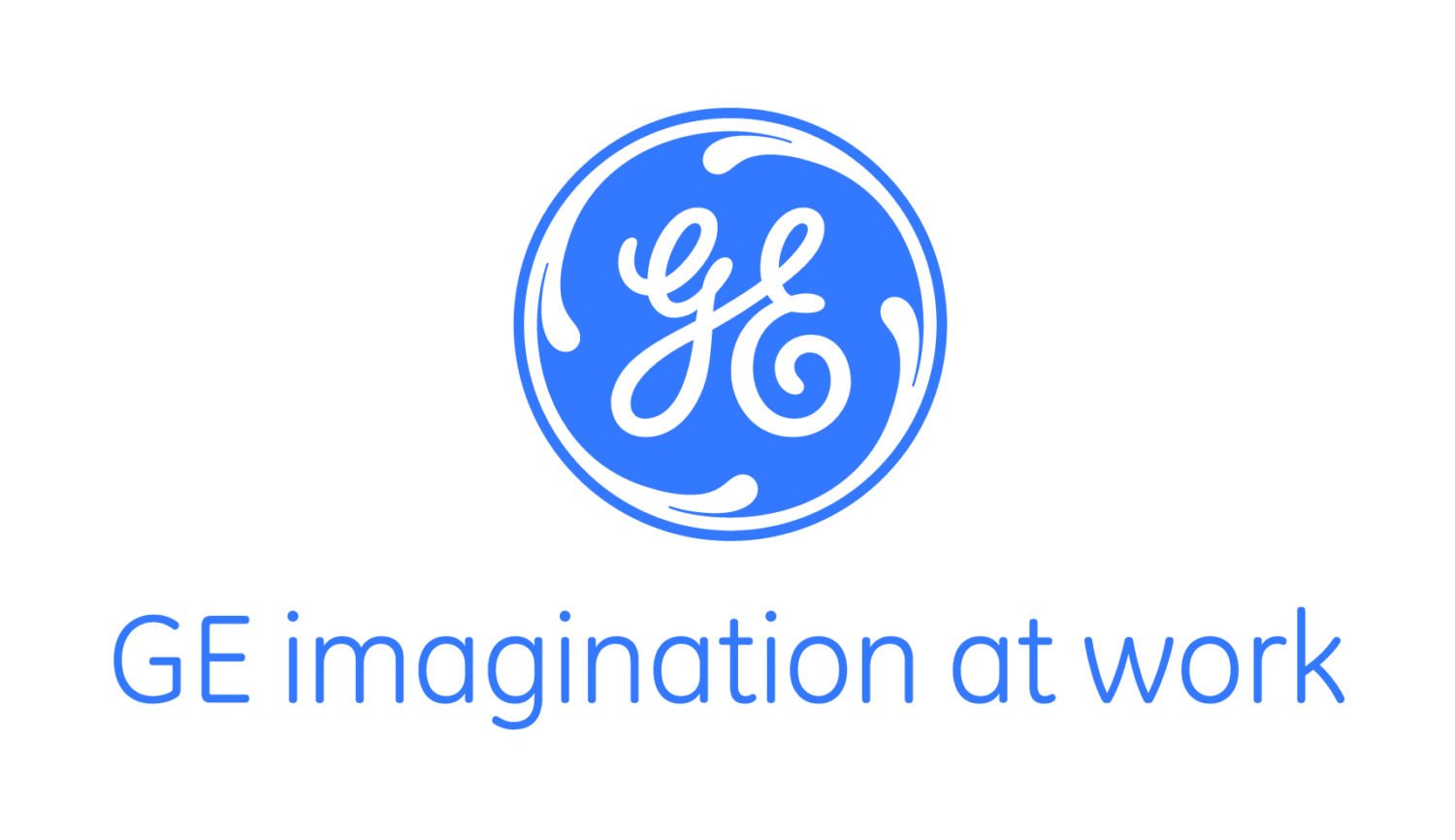Storytelling Close-up General Electric: Prominent Narrators and Visual Drama
Even if there is a huge crisis at the moment, the narrative potential of the US company General Electric is enormous. The founder of the brand was originally a businessman who became a titan of industry in the global collective consciousness: Thomas Edison. The company founder made history with the development of the light bulb. That alone is a great story at the heart of the brand’s history. It was also Thomas Edison who, from the very beginning, brought the company’s attitude to the “why” level: General Electric should make the world we live in a better place. This attitude has prevailed to this day. General Electric describes itself as a 125-year-old start-up. GE is all about inventiveness and imagination: “We are always on the move and constantly reinventing ourselves”.

60 years before Netflix and Apple – GE produces TV Content
This also applies to brand storytelling within the company. What few people know today: Half a century before corporate podcasts were on everyone’s lips, General Electric had already developed its own formats for radio. GE Radio Theatre was one of the first successful examples of branded content using celebrities.
The host of the program was Ronald Reagan, when he was still an actor and not US President. He in turn invited a number of high-ranking stars such as James Dean and Judy Garland as guests. The show, which ran for over eight years, was pure entertainment and not a commercial for General Electric products. Later, they were even adapted for television. The GE Radio and Television Theatre focused on plays, sketches, musical interludes and short stories. The main motivation was to captivate the listeners and viewers. Only when they were captivated by the stories, Reagan would give updates on GE’s technological research and new products.
GE Radio Theatre is a departure from the print advertising on which GE had mainly concentrated until 1954. What was said about GE and its products at the end of each program was also far more than just advertising. Each episode ended with an update on the company’s work, tying in with the entertaining and optimistic zeitgeist of the post-war boom. This gave the audience a reason to listen to the product information right to the end. Reagan traveled the country and spoke with researchers and factory workers about the innovations they were working on. The audience should not just hear a commercial, but actually be informed.
To the Top of the Podcast Charts with Science Fiction
GE Radio Theatre was the podcast format before podcasts existed. But General Electric has since resumed the GE Radio Theatre style and launched a series of podcasts. Like its predecessor on television and radio, GE Podcast Theatre still focuses on entertainment, not advertising. GE broke all podcast records right from the start with its science fiction series The Message. The interactive story quickly became the No. 1 podcast on iTunes, eventually garnering over 300 million impressions. Although the brand co-produced the show, they were not interested in playing advertising directly to their more than one million listeners. Andy Goldberg, Chief Creative Officer at GE, explained: “I don’t think this is advertising. It’s a podcast show that happens to be produced by a brand instead of a network. It’s a science fiction story to connect listeners to what the GE brand is about without selling the GE brand.”
Pioneering Spirit meets soft Muse Content
But what is the GE brand all about? As can already be deduced from the radio program, progress and optimism were among the most important values from the very beginning. The matching mentor roles are those of the pioneer and the muse. GE’s aim is to be associated with ideas that revolve around imagination, creativity and continuous development. However, the aim is not only to inform, but also to inspire and entertain. From Ronald Reagan to the present day, this is a common thread running through the narrative. Linda Boff, CMO of GE, commented on a particular employer branding campaign as follows: “We could have written a story about how GE has evolved in aviation, healthcare and energy. But instead, we told the story through the imaginative eyes of a young girl.”
And again and again Celebrities
Another parallel to the earlier days of GE’s storytelling is the topic of partnerships. On the one hand, there are the celebrities. What began with Ronald Reagan is being continued today through content collaborations with well-known TV faces. The decisive difference to the usual commercials with celebrities remains that they are not testimonials for General Electric in the traditional sense. They do not advertise refrigerators or other products. But they are faces and characters that stand for the same values and promote these values. A good example is a cooperation with the Tonight Show Starring Jimmy Fallon. He has already developed one or two patents himself and loves science. The result was a segment that was broadcast three times a year entitled “Fallonventions”. In them, children presented their clever and funny inventions.
Man meets Machine
In addition to celebrities, General Electric’s brand world offers further potential that can be exploited in the social media age. The multifaceted and gigantic visual world created by the machines and technology in use. The company can fall back on this, especially for Instagram. But here, too, the mentor character comes into play. If GE were to position itself as an architect or professor, it would probably be more about details and sophisticated systems that explain how the technology works. But GE is a pioneer and a muse, which is why the imagery is characterized by bold perspectives, inspiring aesthetics and the interplay between man and machine.
More than a dozen other experiences were then filmed, from the manufacture of a locomotive in Texas to a visit to a test facility near the North Pole in Norway.
Whether on the future of virtual reality or the coolest innovations of the week – all content is bundled in the GE Reports newsroom. As General Electric started to build up a readership and community through brand storytelling at an early stage, the number of hits is also impressive. Some of their articles get more clicks than relevant tech magazines.
Here you can also recognize the third major element of GE’s storytelling. After prominent narrators and visual drama, this is the human component that is deliberately used to breathe emotion into the cold technology. With many similar tech dinosaurs, you can see that they are acquiring a cumbersome and old-fashioned image. These large, faceless companies usually act as the linchpin of the economy, but are defined by little more than a stock ticker.
GE is countering this trend by giving its products a face. If you take a look at the company’s YouTube channel, for example, you will quickly notice that all the videos have a human component. Creating stories in a B2B environment can be an even greater challenge. GE is no exception. The products and services are complex, high-tech and industrial. However, GE creates a human connection by looking at their products and services through the eyes of others, be it a potential buyer, an employee or even a child.
Share this article
Related articles

11 January 2024








